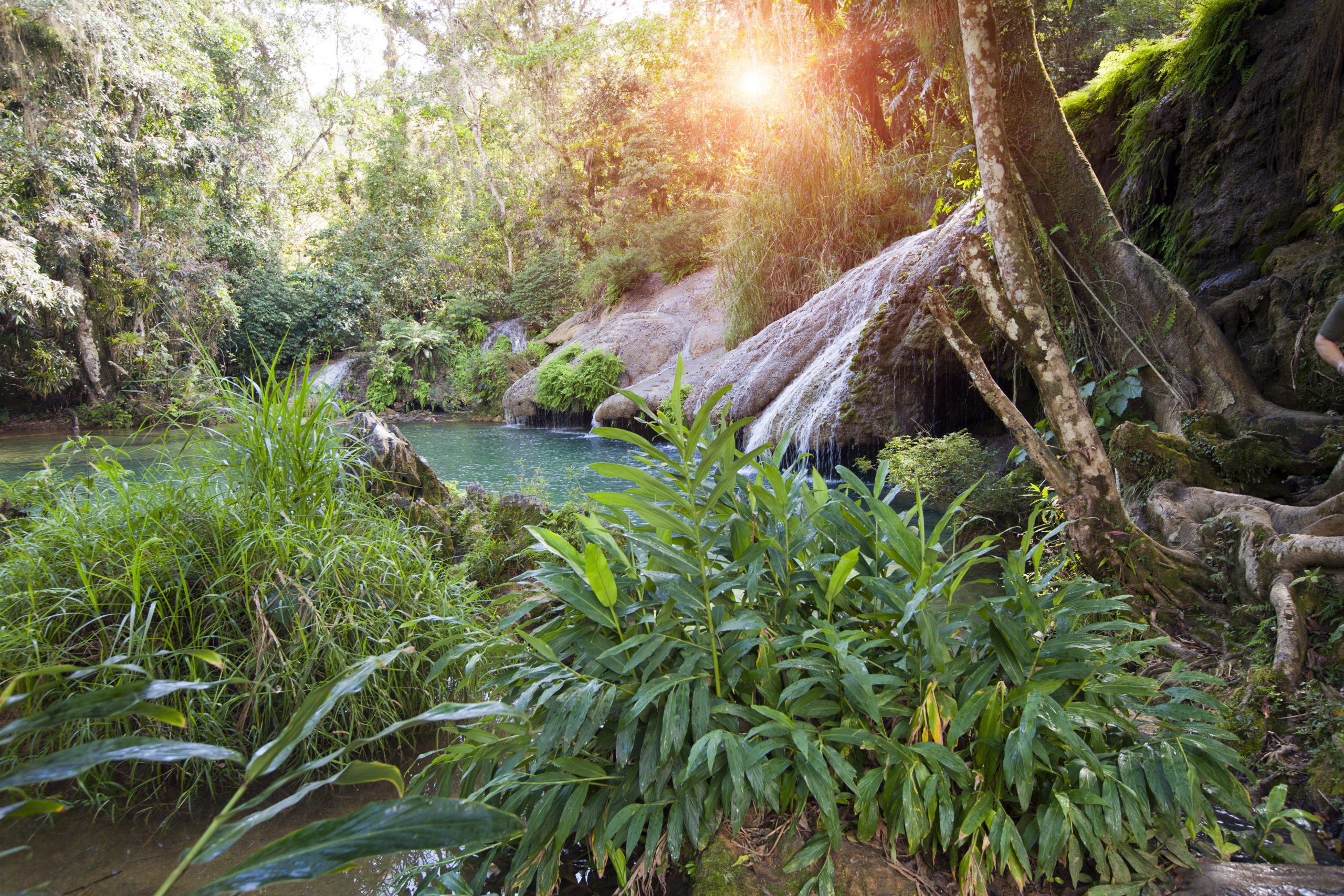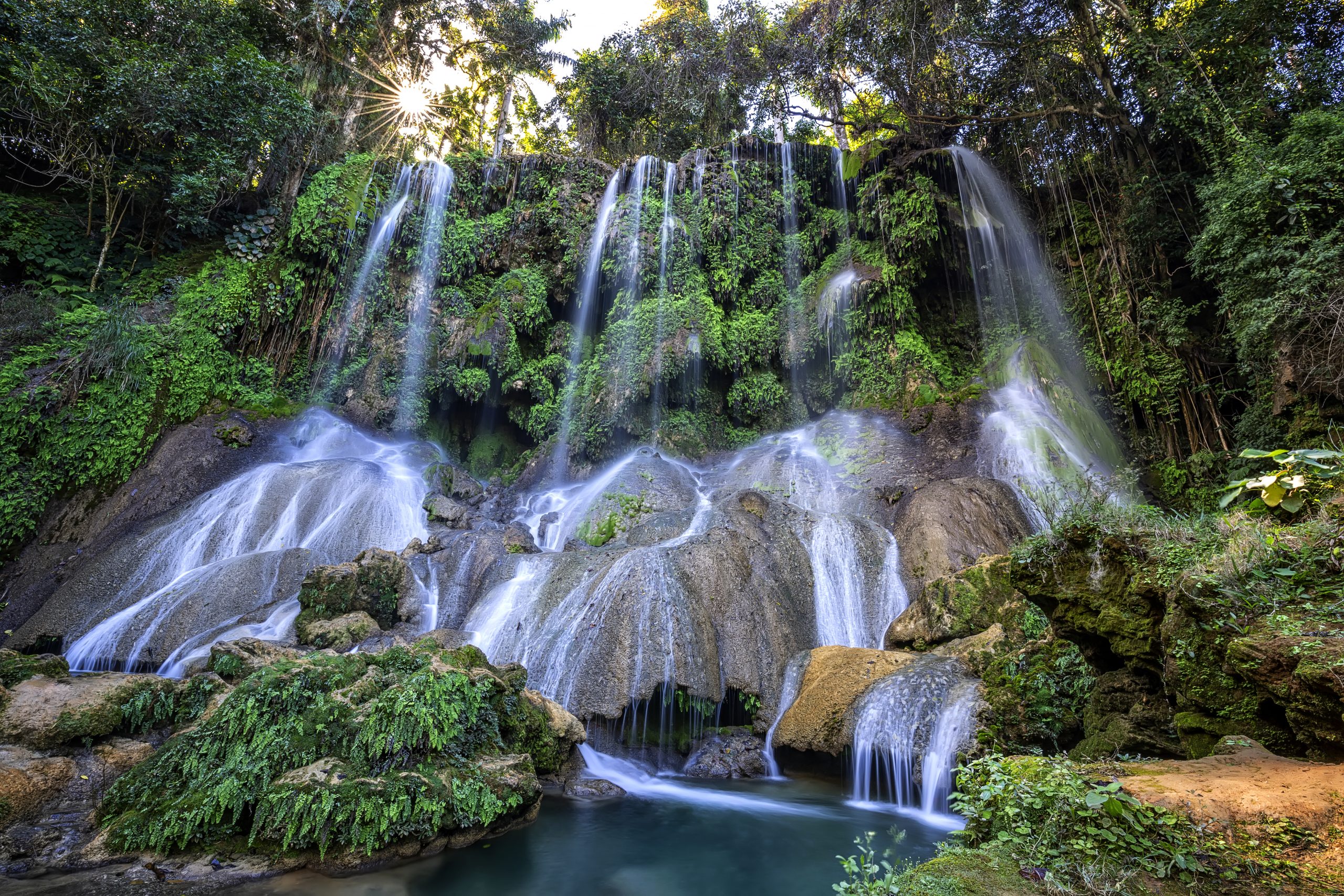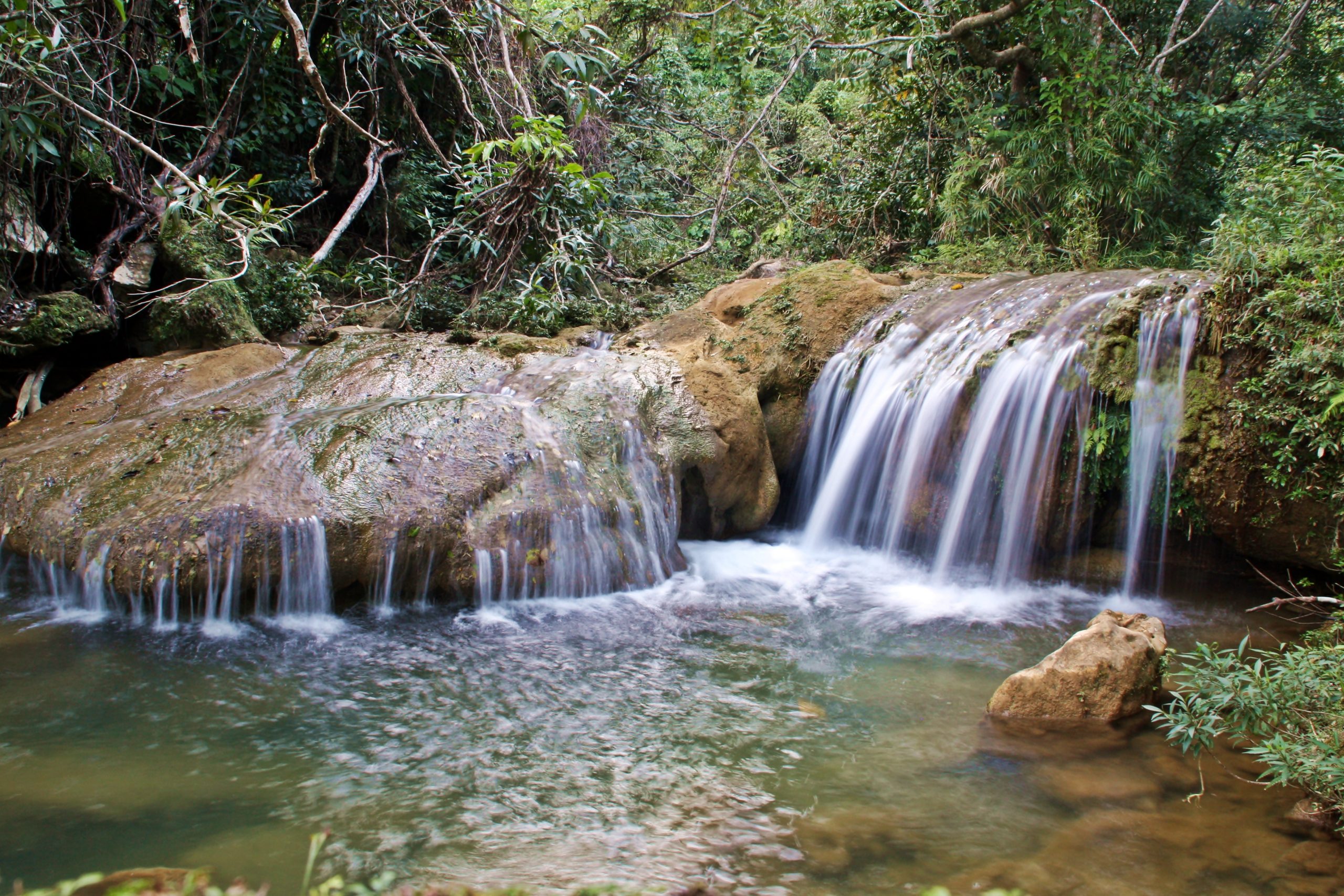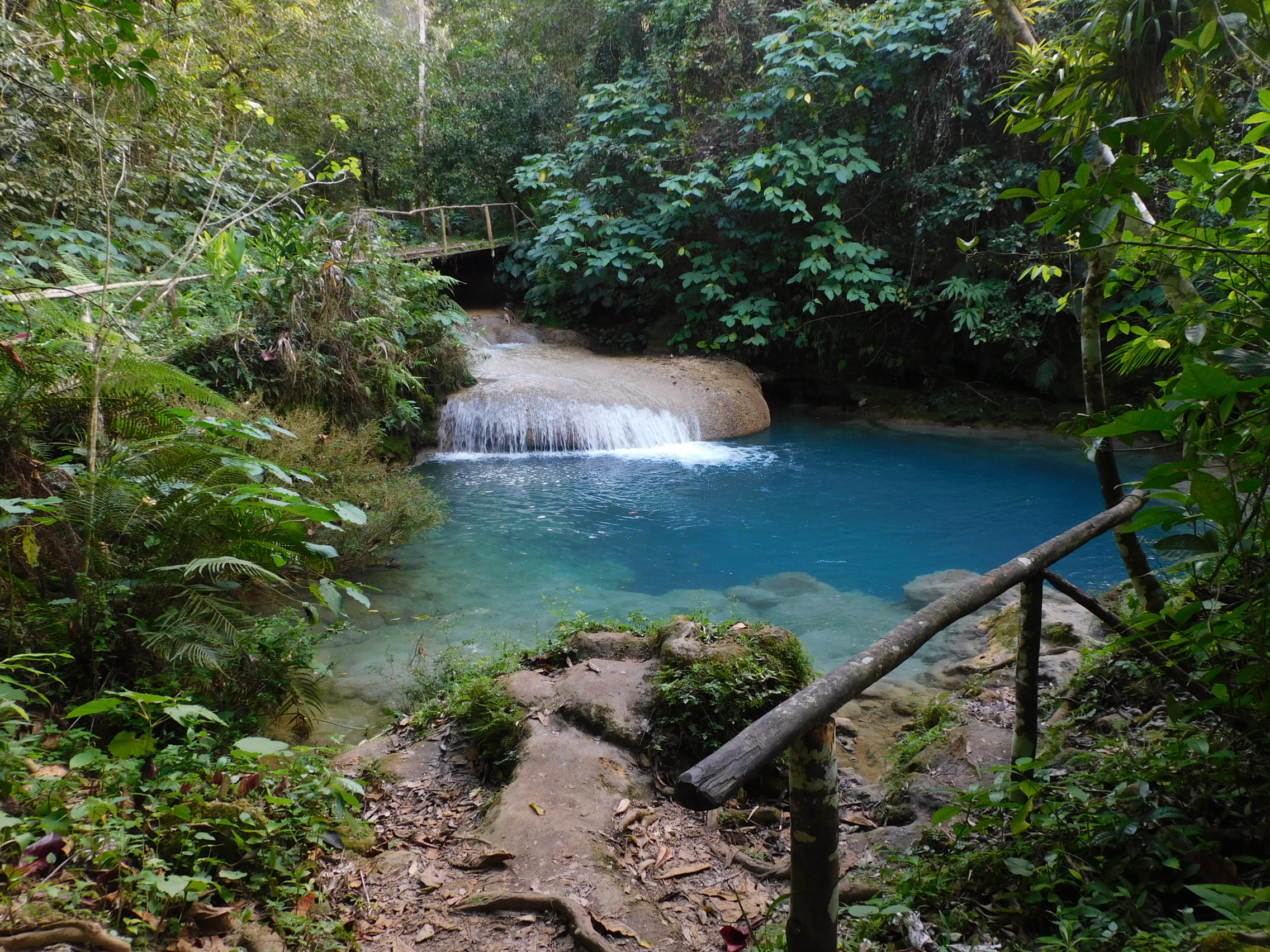Cuba’s natural habitat is truly beautiful. With 11% of this island being protected, there are plenty of rainforests around that are hiding some stunning waterfalls awaiting for you to discover them. From Salto de Soroa showcasing a beautiful stream, waterfall and tiny rainbows in the air among big trees, to El Nicho and El Cubano in the Topes De Collantes National park showcasing some stunning blues and the perfect waterholes to cool down in after some light hiking. Or even Vegas Grande, in the same national park hidden among a lush rainforest all the way to El Yunque in Baracoa, the hardest part is choosing which one to visit!
Of course once you are there the next questions are, how can you truly reflect the colours of these natural beauties and make the flowing water look silky and smooth arise.
First things first, make sure that you have a camera that can shoot in manual mode. Then, let’s begin!

First off the rank – Shutter Speed
You can play with this one, depending on the outcome you are after. If you use fast shutter speed, your camera will seemingly capture every single water drop. Whilst it’s not the look you are generally after when taking photos of waterfalls, it may just create some interesting artistic shots.
To capture that silky running water look however you will need a slow shutter speed. There’s not one setting is correct, but you want to be experimenting with speeds somewhere between 0.3 seconds to anywhere up to 5 seconds. Consider the size of the waterfall and how fast the water is flowing through it then play around with the settings.
Tripod seems to be a consensus
Many out there will recommend to use a tripod. I get it. At such low speeds you won’t be able to hand hold your camera without getting some camera shakes stuffing up the image. Placing your camera on rocks around may give you limited options and angles. And there are plenty of very lightweight tripods to choose from… But… I’m still not convinced you want to carry this gear around with you to some of the places you can visit.

The hike to Vegas Grande, as an example, is steep. Some of the best angles to capture it from, requires you to climb into small crevices with no room for a tripod. At El Cubano you’d either find yourself in the water or on your belly on a rock to get an angle to capture the waterfall from… So whilst this may be a fantastic tool in most instances, I leave this with you when considering preparing for your Cuban Photography Tour.
Set your ISO Settings low
This does various wonderful things. Firstly it reduces your shutter speed further. For example, decreasing camera ISO from ISO 800 to 100 on a DSLR decreases the shutter speed by three full stops, so if you were shooting at 1/200th of a second, you would end up with a shutter speed to 1/25th of a second.
This in turn also removes the noise (graininess from your images), and reduces the chances of overexposing the image, giving you an amazingly crisp clear image. Like the waters in the Cuban streams.

Experiment with Aperture
The aperture on your camera lens affects the amount of light coming onto sensor, as well as the depth of field, or how much of the image appears to be in focus. To keep as much of your image in focus as possible use your lens’s narrowest aperture. This will give you a longer exposure time thus maximum field of depth.
For best waterfall images, using an aperture of between f/8 and f/11 often yields a good balance of sharpness, focus and light.

All else fails, use filters
Although, I have to say, I don’t think you will need to go this far with a Cuban waterfall! But if you have tried all of the above and the image is still not looking right, you can experiment with filters.
Professional nature photographers swear by neutral density (ND) filters, that are designed to only let a small amount of light into the lens in order to decrease the camera shutter speed without affecting the colours in the scene. There are many different types of Neutral Density filters out there and most of them differ by the amount of light they let through.
An excellent alternative is a polarising filter. This does the same job as an ND filter but has the added benefits of reducing reflections (for example from water, wet rocks, and leaves) and increasing colour saturation for a more vivid image.
Outside of your camera settings, there are other factors to consider when shooting a waterfall. Composure, best time of day, find a different perspective and more. Just because you are out in nature, doesn’t mean the photo has to be boring. Capture the story you want to tell!


